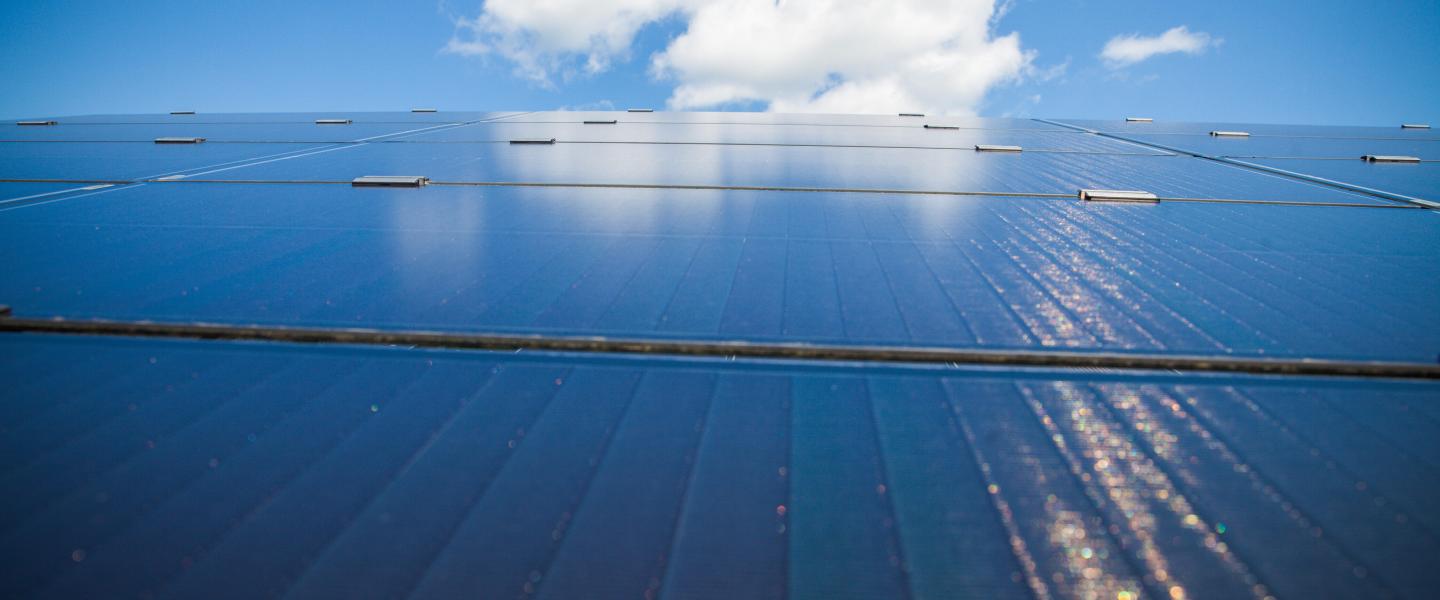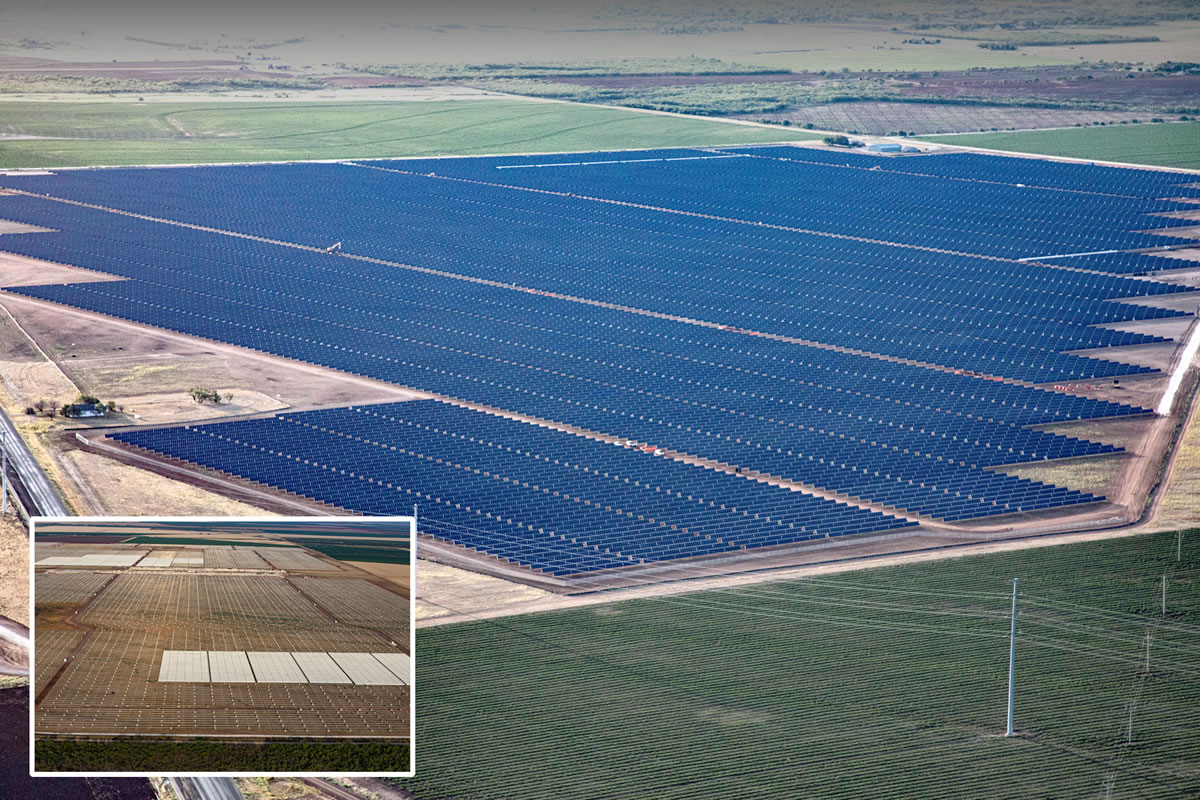Estimating Life Cycle Emissions for Renewable Projects
The tool uses available industry data to gain a better understanding of the total life cycle emissions to estimate the time for a project to become net positive.
Net positive occurs when the emissions that will be avoided from the electricity generated by the asset are greater than the greenhouse gasses emitted during the manufacturing, transportation and construction phases of the project.
Using a breakout approach, ENGIE North America evaluated several renewable projects, including Anson.
Anson is a solar project located in Jones County, Texas. With over 750,000 modules in the solar array, the project will have a useful life of 35 years and is projected to generate 545,000 MWh annually.
Estimated Life Cycle Emissions of Anson
*Results generated by an ENGIE North America internal tool and not currently verified by any third-party standards.

